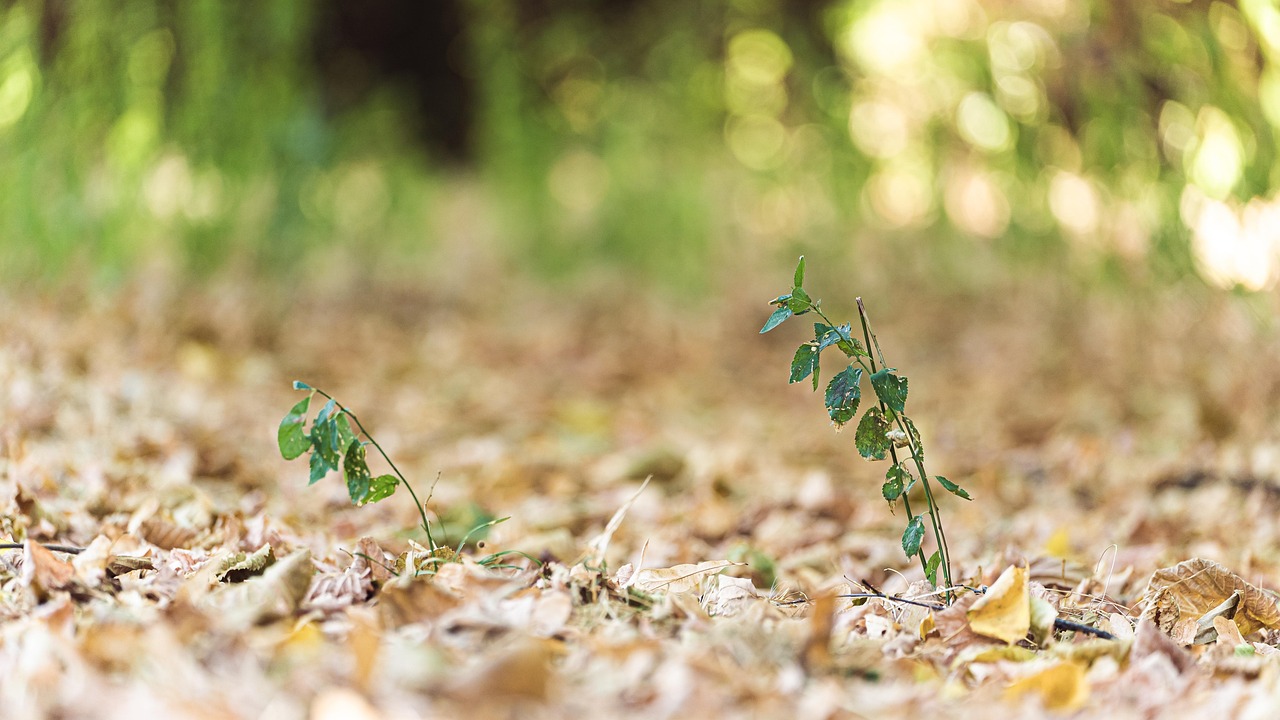Lake drought and climate change, UNEP, New Mexico – Roughly 14.5 inches (368 mm) per year., etc.
Found it! UNEP in New Mexico – Roughly 14.5 inches (368 mm) per year
Trees: Earth’s Watery Heartbeats
Trees pump water from soil to sky, influencing rainfall patterns like mighty fountains.
The Hidden Heroes of Climate Change: Plants, Soil, and Water
TL;DR – Trees are like giant water fountains, releasing moisture into the air and influencing rainfall. Cutting down trees disrupts this cycle, causing more droughts and hotter temperatures. Healthy soil holds water like a sponge, helping plants grow and cool the planet. We need to protect our forests and soil to fight climate change!
Nature’s Water Cycle: A Symphony of Life
Imagine a giant, interconnected system where water travels through the air, land, and even living things. This is Earth’s water cycle, and it’s essential for all life on the planet. Plants play a crucial role in this cycle, acting like natural pumps that move water from the ground to the air.
Trees: The Water Fountains of the Earth
Trees, in particular, are like gigantic water fountains, sucking water from the soil and releasing it into the atmosphere through a process called transpiration. Think of it like trees breathing – they take in water through their roots, use it to grow, and then release some of it back into the air as water vapor. This water vapor helps form clouds, which eventually release rain back to the Earth.
Soil: The Sponge of the Planet
Healthy soil is like a giant sponge, soaking up rainwater and holding it for plants to use. This means soil helps regulate water flow and prevents flooding. Healthy soil also provides nutrients for plants to grow strong and healthy.
Deforestation: Breaking the Water Cycle
When we cut down trees, we disrupt the natural water cycle. Less water is released into the atmosphere, which leads to less rain. This can create drier conditions and increase the risk of droughts.
Soil Degradation: Losing the Sponge
When soil is degraded, it loses its ability to hold water. This can lead to more runoff, erosion, and flooding. It also makes it harder for plants to grow, which further weakens the natural water cycle.
The Impact of Climate Change: A Vicious Cycle
The effects of climate change, like hotter temperatures and changes in rainfall patterns, further worsen the situation. Droughts become more frequent and intense, and the soil becomes drier and less able to support plant life. This creates a vicious cycle where climate change weakens the natural water cycle, which in turn makes climate change worse.
A Path Forward: Reforestation, Sustainable Land Use, and Agroforestry
The good news is that we can help! By planting trees, restoring degraded soil, and practicing sustainable land use, we can restore the natural water cycle and mitigate climate change. Here are some key actions:
- Reforestation: Planting trees helps restore the natural water cycle, providing shade and preventing soil erosion.
- Sustainable Land Use: Farming practices that protect soil health, like no-till farming and crop rotation, help keep the soil spongy and healthy.
- Agroforestry: Combining trees with crops and livestock helps improve water retention and reduce soil erosion.
By investing in these solutions, we can create a more resilient and sustainable future for generations to come.
More on Lake drought and climate change…
- Drought impact on lakes
- Climate change impact on lakes
- Environmental effects of lake drought
- Economic consequences of lake drought
- Social impacts of lake drought
- Lake restoration in the face of climate change
- UNEP’s role in mitigating lake drought
- UNEP’s research on lake drought
- UNEP’s advocacy for lake conservation
- UNEP’s partnerships for lake protection
- Climate change adaptation strategies for lakes
- Lake monitoring and early warning systems
- Drought management plans for lakes
- Sustainable water use practices for lakes
- Lake conservation and restoration funding
- International cooperation for lake protection
Contents
- 1 Found it! UNEP in New Mexico – Roughly 14.5 inches (368 mm) per year
- 2 The Hidden Heroes of Climate Change: Plants, Soil, and Water
- 2.1 Nature’s Water Cycle: A Symphony of Life
- 2.2 Trees: The Water Fountains of the Earth
- 2.3 Soil: The Sponge of the Planet
- 2.4 Deforestation: Breaking the Water Cycle
- 2.5 Soil Degradation: Losing the Sponge
- 2.6 The Impact of Climate Change: A Vicious Cycle
- 2.7 A Path Forward: Reforestation, Sustainable Land Use, and Agroforestry
- 3 More on Lake drought and climate change…





